Anti-India protest has erupted in the bordering town of Nepal after the Himalayan state accused India of enforcing a blockade on the transit of goods from India's side in support of the Madhesis who are protesting against the changes in Nepalese constitution. Nepal’s cable federation said it would suspend Indian television channels and protesters marched in Kathmandu carrying an effigy of India’s prime minister on Monday, accusing their neighbor of imposing an economic blockade and meddling in internal politics. The tension between the South Asian nations has spiked since Nepal adopted a new constitution last week, upsetting southern minority groups who fear being marginalized in a new federal structure. More than 40 people have been killed in protests in the Himalayan republic since August. Indian oil trucks stopped crossing into Nepal because of protests in the south, prompting authorities to try to limit the use of cars and save fuel. Nepal is almost totally dependent on India for overland supplies following earthquakes in the spring that killed nearly 9,000 people and blocked crossings from China. India has been critical of Kathmandu for rushing through the constitution, despite opposition from minorities living close to the Indian border.
However, over the years, despite the free movement of people, Indo-Nepal ties have gone through tumult, bitterness and trust deficits. Factors like the assertion of Nepali nationalism and India’s overt support for Madhesis, among others, have created strains and bitterness in their relations. Some political parties and groups in Nepal have tended to use their anti-India tirade to cultivate their own political constituencies and support base. India too seems to have taken its ties with Nepal for granted. The lack of high-level bilateral visits and meetings too has created elements of indifference, suspicion and doubt about their relationship. Thus not so much the federal constitution but the way it was implemented too became the reason for further bitterness between the two countries. Internal dynamics of Nepali politics like Maoist insurgency, Madheshi agitation, constitution-making and economic blockades etc. also influence India-Nepal relations. China’s growing influence is another factor that has a bearing on India-Nepal ties. Over the years, China’s footprint has grown dramatically in Nepal. China’s interest in Nepal is not merely to keep an eye on Tibetans but to entangle India in the region. Nepal has become a launch pad for China’s broader strategic alliance in South Asia. Nepal’s participation in the ‘One Belt, One Road’ project clearly measures up to such a policy goal. China has surpassed India as Nepal’s top aid donor and investor in Nepal. Both in terms of FDI and ODI, China has edged past India. China’s growing economic engagement with Nepal has given China instruments to change the security architecture of South Asia. China has become assertive in forging strong ties with India’s South Asian neighbours. Chinese aid and investment have the intended objective to hedge and reducing Nepal’s dependence on India. This is China’s way of getting Nepal’s support on sensitive issues such as Tibetan refugee protests within the country. In dealing with Nepal, India may have made strategic miscalculations during Nepal’s prolonged constitution-making, adoption of the federal constitution and economic blockade (even though India did not impose any blockade), or in its inability to tap investment potential. India continues to face what Ambassador Shyam Saran calls the ‘challenge of proximity.
Nepal is wrestling with the challenges of implementing the new constitution. It has long been a centralized country with the centuries-old feudal mindset of the past monarchy and oligarchy. The new constitution is a blend of mixed federal features under multiple parliamentary orders of governance. Nepal is dealing with the complexity of a new constitution and faces a number of pragmatic implementation challenges. These and other issues will be discussed in the day-long seminar. The thrust of the discussion will be the major challenges facing India-Nepal relations, the China factor and the internal dynamics of Nepal, particularly in implementing the new federal constitution.
—Prashant Tewari, Editor-in-Chief







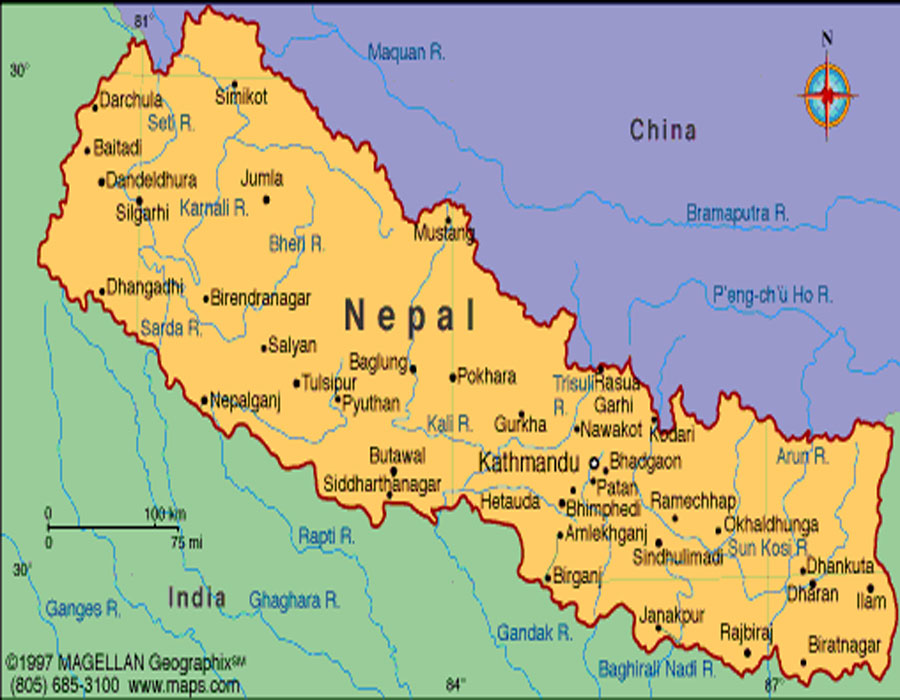
 OpinionExpress.In
OpinionExpress.In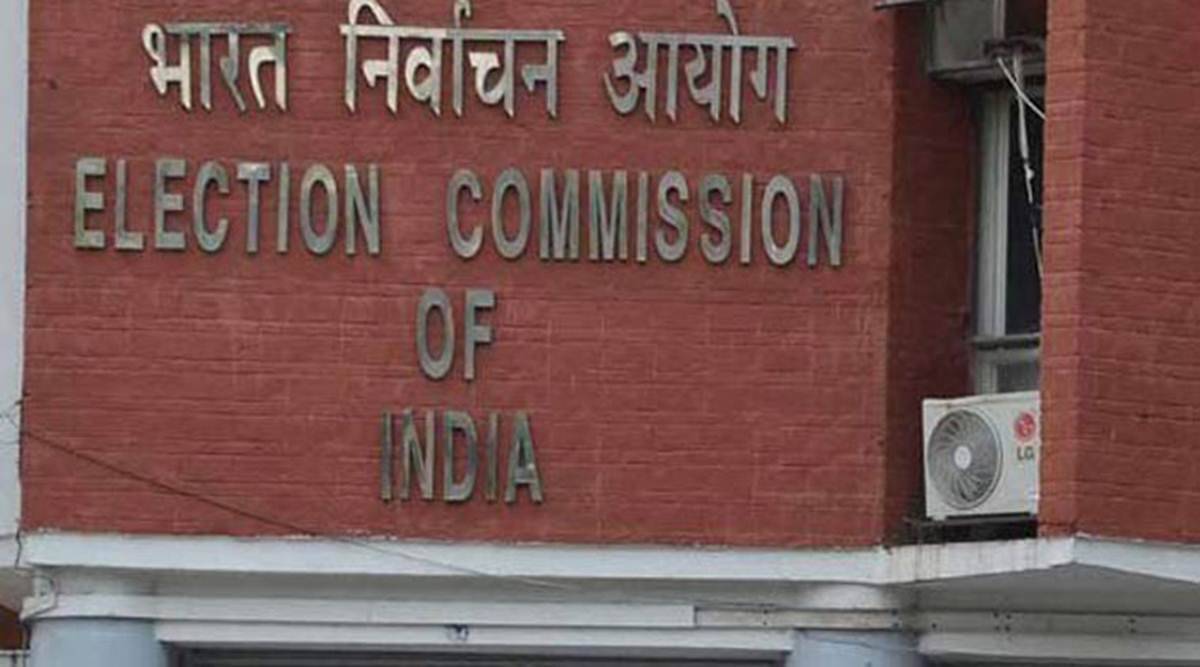
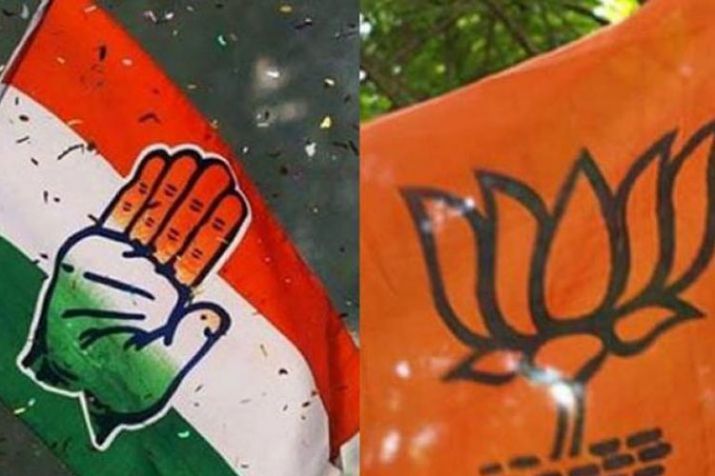
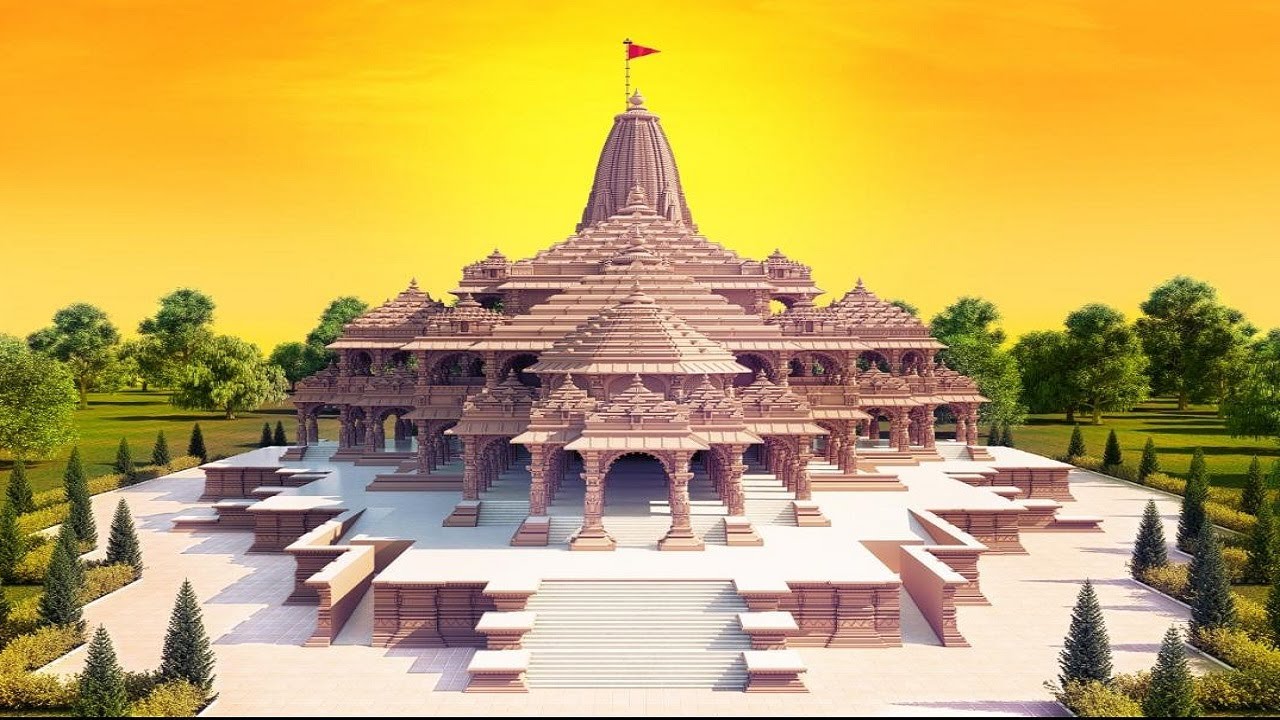
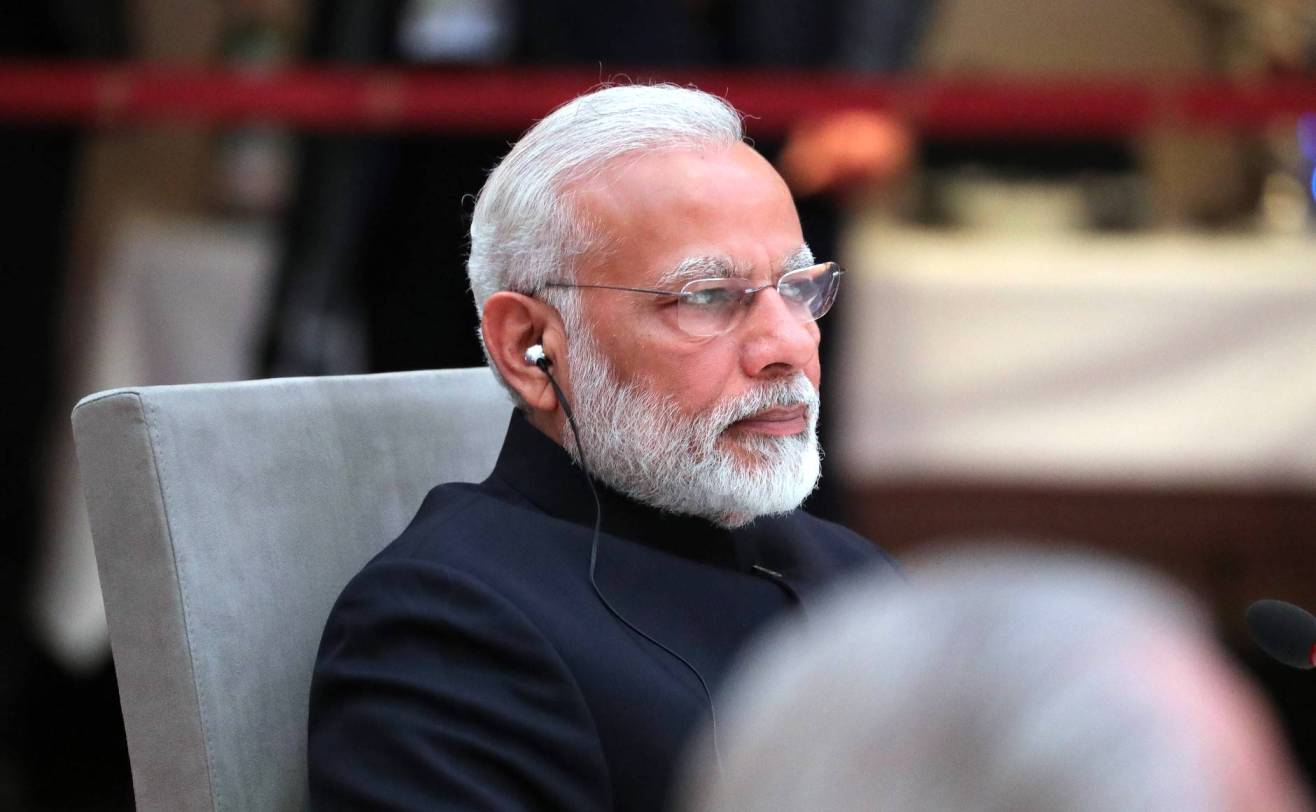


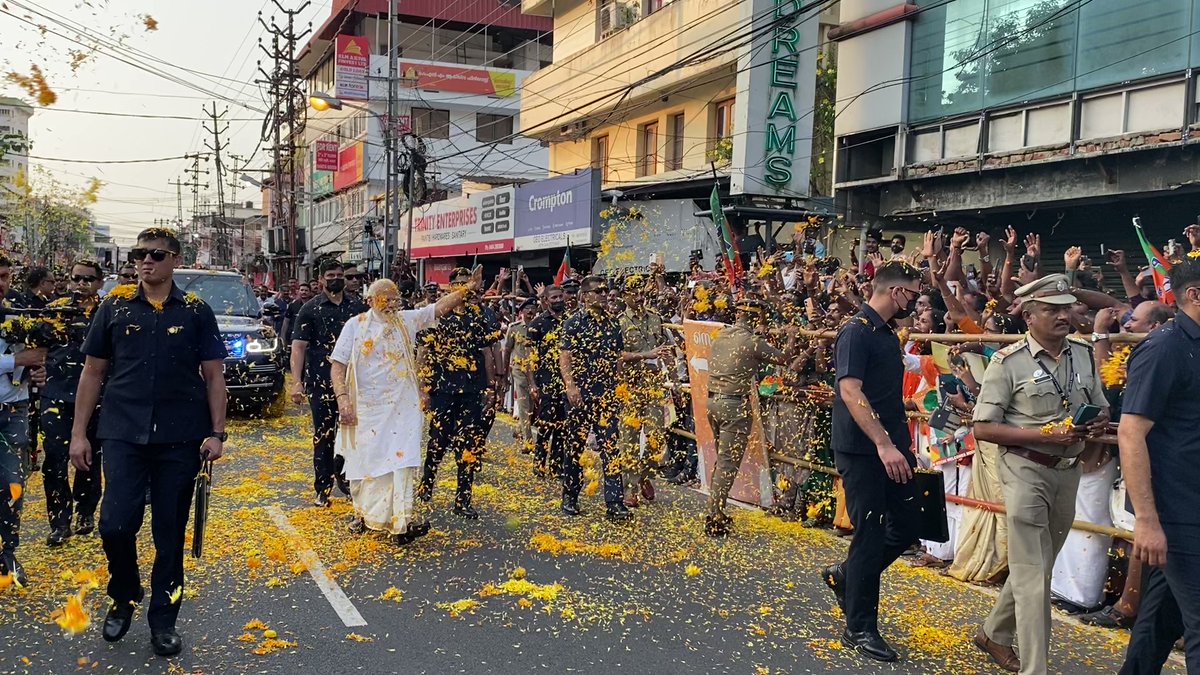
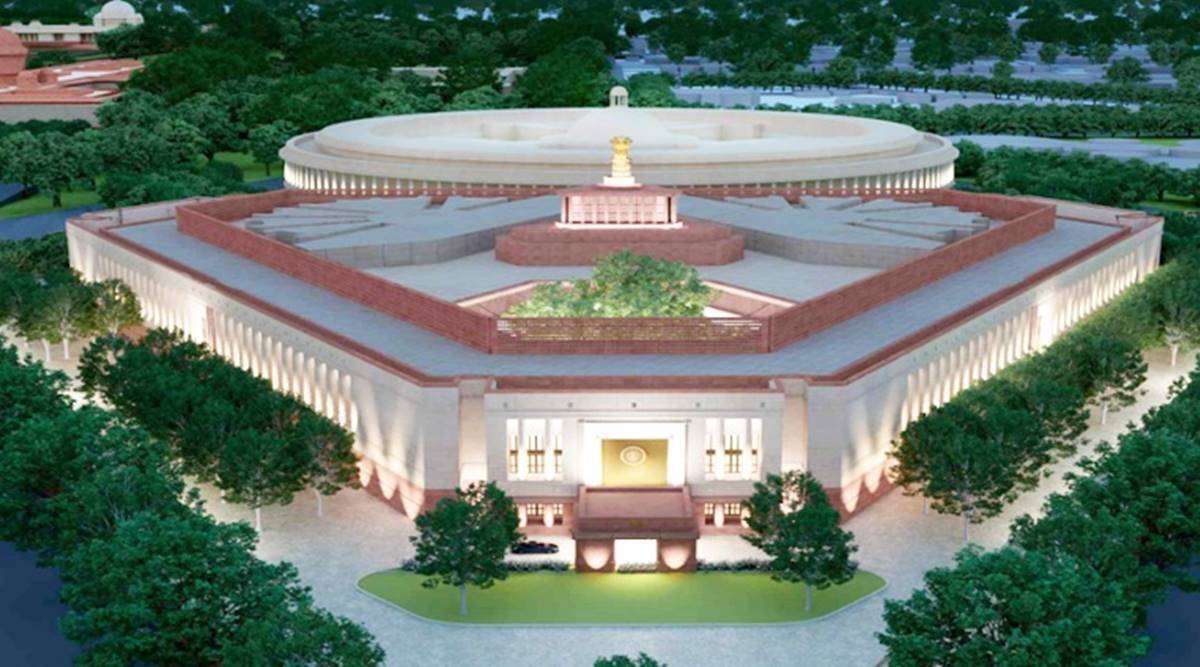

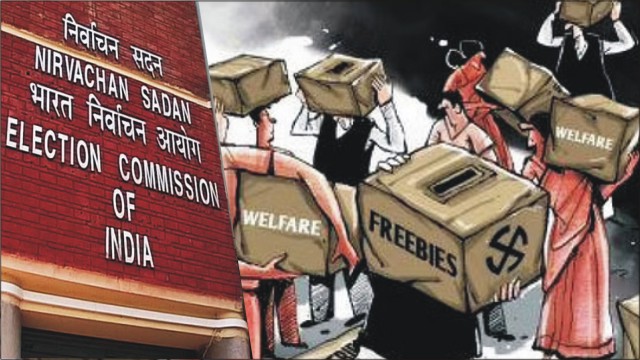






Comments (0)